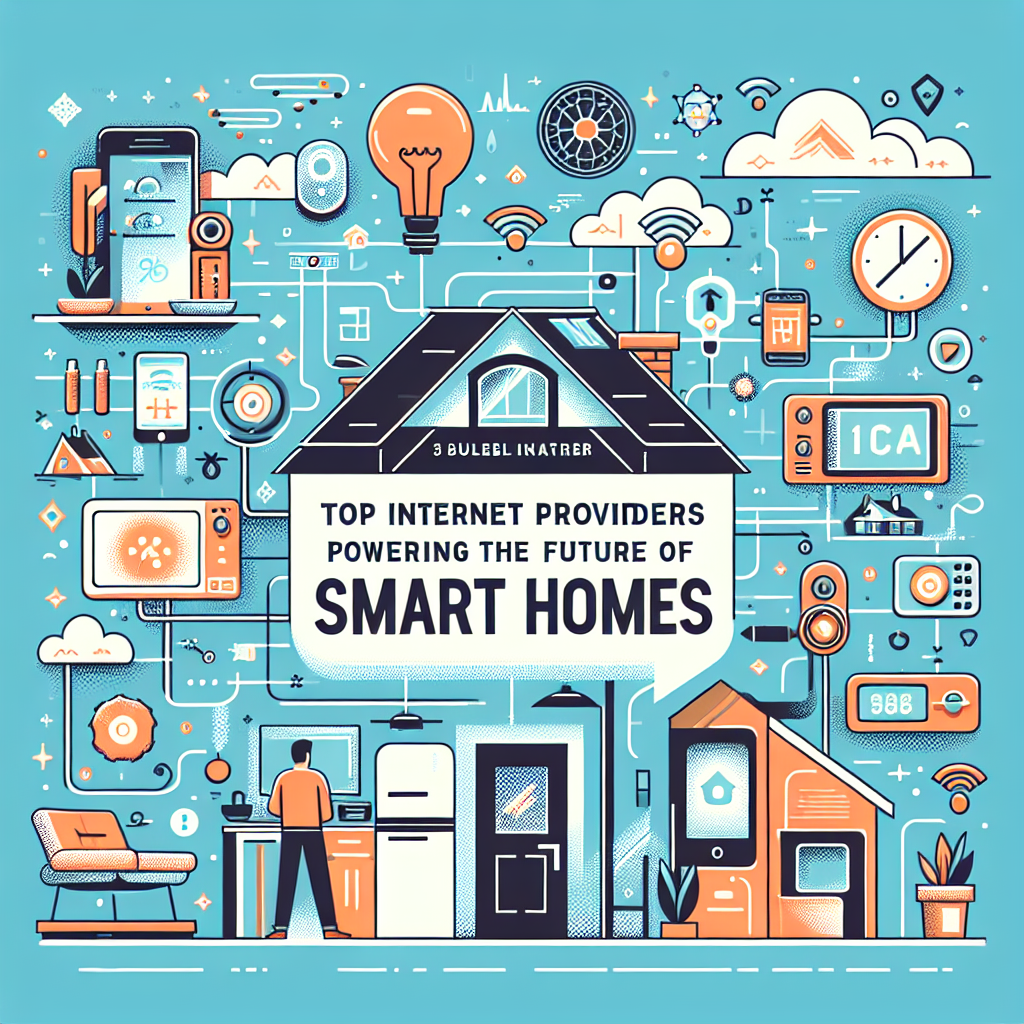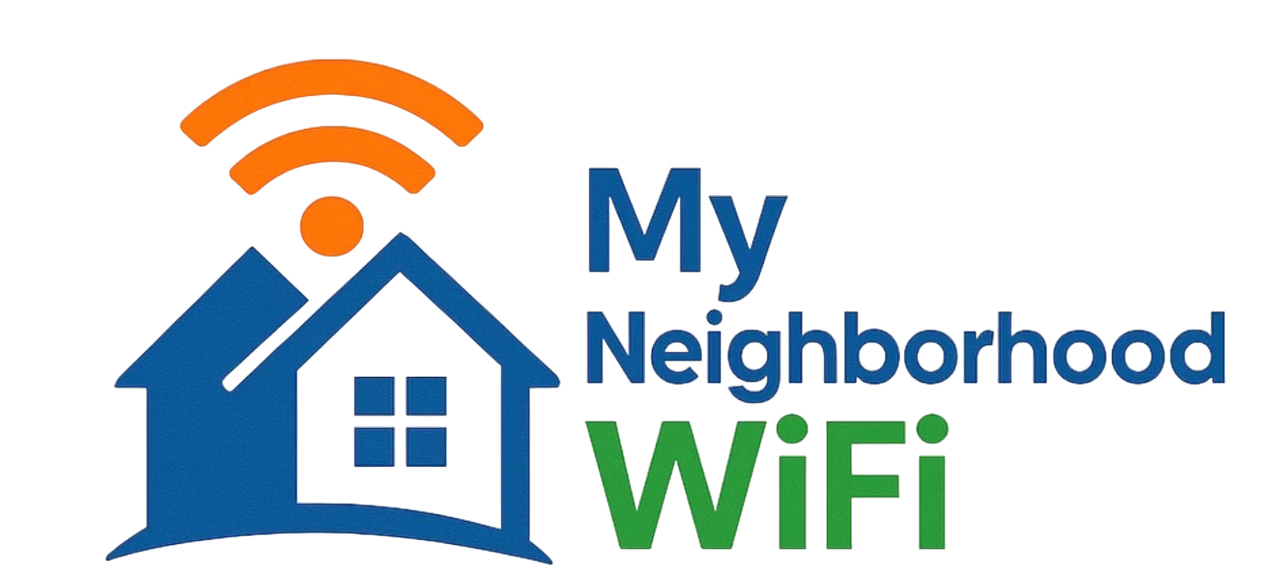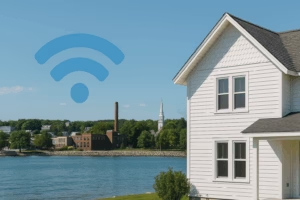
Smart homes are no longer a futuristic dream — they’re here. From voice-activated assistants to intelligent security systems and automated lighting, our homes are becoming smarter every year. But the backbone of every connected device is reliable, fast, and stable internet. Choosing the right internet provider is more important than ever, especially if you’re setting up or upgrading a smart home. In this article, we’ll dive into the internet providers powering the future of smart homes, what to look for when deciding, and why the right connection makes all the difference.
Why Internet Providers Are Key to Smart Homes
Your internet connection is like the foundation of a house. Without a solid base, the rest of the structure simply doesn’t stand strong. In the same way, your smart home gadgets depend on the bandwidth and reliability of your Wi-Fi.
- A stable connection ensures seamless video streaming for security cameras.
- Reliable upload speeds allow real-time communication with smart doorbells.
- Low latency ensures quick responses from voice assistants.
- Multiple device handling supports dozens of connected gadgets simultaneously.
Understanding Internet Speeds for Smart Homes
Before exploring providers, it’s essential to understand how speed impacts your experience. Smart homes place new demands on internet connections because they often involve dozens of devices communicating constantly. Unlike traditional households where just laptops and phones connect, smart homes feature everything from thermostats to fridges needing bandwidth.
Download vs Upload Speeds
When you stream a movie or load a webpage, you’re using download speed. When you video chat or share footage from your security camera to the cloud, you’re using upload speed. Smart home owners should pay attention to both — especially upload speeds which are often overlooked.
Latency and Reliability
Latency is the delay between sending a command and the device responding. In a smart home setting, low latency is critical because you want your assistant or appliance to respond instantly when prompted. Reliability means fewer dropped connections, which can otherwise interrupt alarms, sensors, or devices running efficiently.
Top Internet Providers Powering Smart Homes
Not all providers are created equal when it comes to smart homes. While traditional metrics like speed still matter, modern households need to factor in consistency, customer service, and technological innovation offered by providers in their area. Below, we’ll explore types of providers you may encounter and the unique strengths they bring to powering your smart home.
Fiber Internet Providers
Fiber internet is widely regarded as the gold standard for smart homes. It offers symmetrical speeds (download and upload equal) and low latency. With more devices competing for bandwidth, this consistency is crucial. For example, a family with multiple smart TVs streaming 4K content along with background IoT activity won’t experience buffering if they’re set up on fiber. Check local review platforms like Yelp or community discussions on Reddit to see which providers truly deliver in your area.
Cable Internet Providers
Cable internet remains popular for households where fiber hasn’t rolled out yet. It typically delivers fast downloads, though upload speeds trail behind. For medium-sized smart homes that depend on high-definition video surveillance, cable internet may be more than sufficient.
Fixed Wireless Providers
Fixed wireless connections can bring decent speed to rural or underserved locations, where wired internet may not be available. However, coverage reliability depends heavily on line-of-sight and environmental factors. Still, modern fixed wireless is bridging gaps in areas that would otherwise struggle to connect smart devices.
Satellite Internet Providers
Satellite internet ensures that even the most remote cabins can operate smart devices. While latency tends to be higher, technology continues to improve. For households prioritizing basic connectivity over performance, this can keep smart assistants, lighting systems, and thermostats online.
Key Features to Look For When Choosing Your Provider
- Speed Tiers: Match internet speed with the size of your household and number of connected devices.
- Smart Home Compatibility: Some providers offer equipment optimized for IoT devices.
- Wi-Fi Coverage: Consider mesh Wi-Fi systems for larger or multi-story homes.
- Customer Support: Look for providers praised on forums like Quora or Reddit.
Tips to Maximize Your Smart Home Internet
Even with a good provider, your home setup determines how well your smart technology thrives. Follow these helpful tips to ensure consistent connections:
- Position your router in a central location for maximum coverage.
- Invest in a mesh Wi-Fi system if your home has multiple floors or many walls.
- Use Ethernet cables for data-heavy devices like gaming consoles or home hubs to free up wireless bandwidth.
- Set up a separate guest network so IoT devices don’t interfere with personal browsing security.
Comparing Internet Types for Smart Homes
Here’s a quick breakdown of how different connections serve smart homes:
| Connection Type | Strengths | Weaknesses |
|---|---|---|
| Fiber | Fastest, symmetrical speeds, low latency | Availability limited in some areas |
| Cable | High download speeds, widely available | Lower upload speeds, can slow during peak hours |
| Fixed Wireless | Great for rural areas, decent speeds | Weather and distance can affect performance |
| Satellite | Global coverage, works in remote areas | High latency, weather interference |
Community Insights: Real Smart Home Setups
One of the best ways to know if a provider will work for your needs is to hear from actual users. Platforms like Reddit’s Home Networking community or dedicated smart home groups on Facebook provide valuable stories. Homeowners share how their cameras perform during storms or whether certain providers handle 40+ devices without issues.
Future-Proofing Your Smart Home
The world of smart homes is rapidly evolving. Today’s setup may include lights, speakers, and locks. Tomorrow, it could include walls that shift themselves, or AI that manages daily schedules seamlessly. Choosing the right internet provider now ensures you won’t constantly need to upgrade in the future.
- Prioritize providers offering Wi-Fi 6 compatible routers and services.
- Consider data caps or unlimited plans, depending on how device-heavy your home is.
- Keep an eye on emerging technologies like Wi-Fi 7 for future adoption.
Conclusion
As our homes get smarter, our reliance on fast, reliable internet grows stronger. The best internet providers for smart homes are those that not only offer speed but also reliability, flexibility, and innovation. Whether you’re starting small or building a fully automated ecosystem with dozens of devices, your provider will make or break the experience. Take the time to research local providers through user-driven platforms such as Reddit or Yelp, match their service levels to your household needs, and you’ll have the foundation required for your dream smart home.
“Most inquiries are answered within the same day”
Written by admin
Content writer and tech enthusiast sharing insights on internet connectivity.



